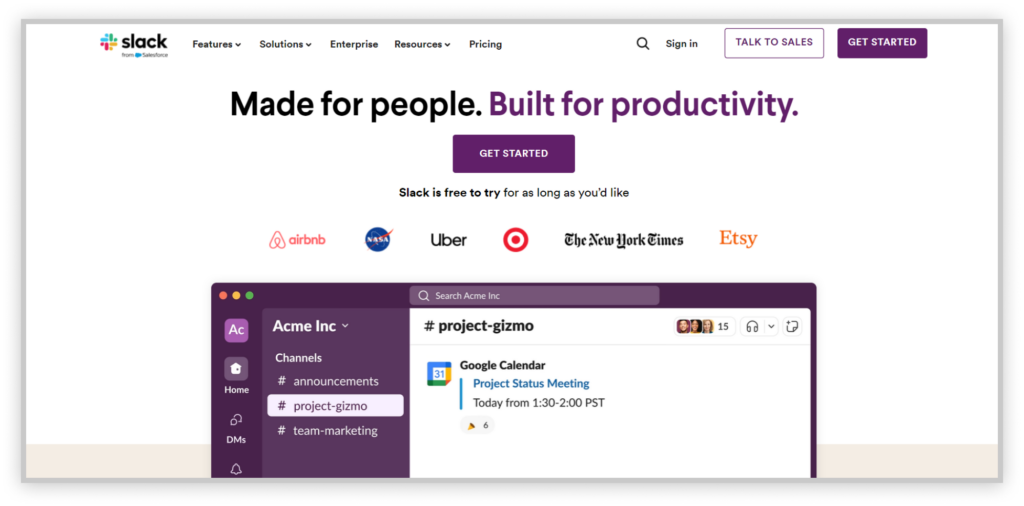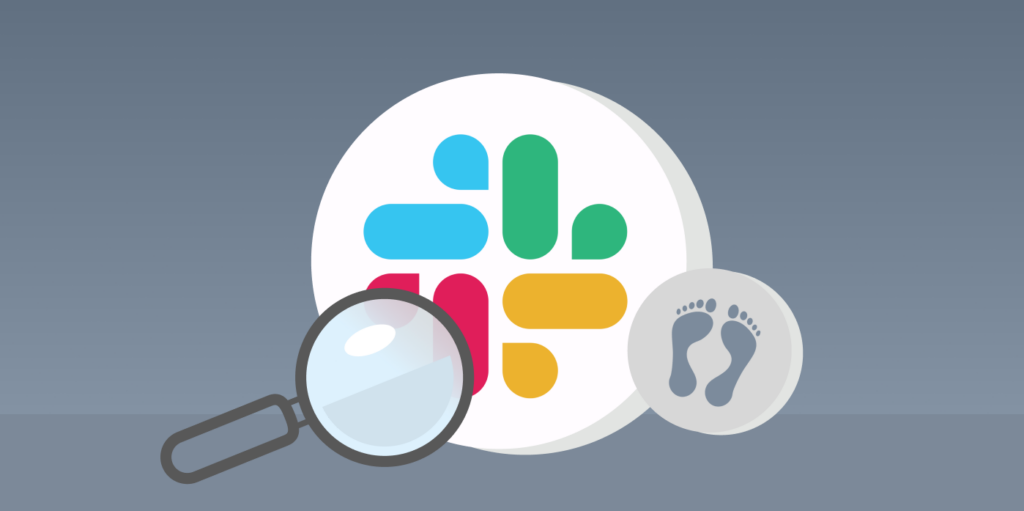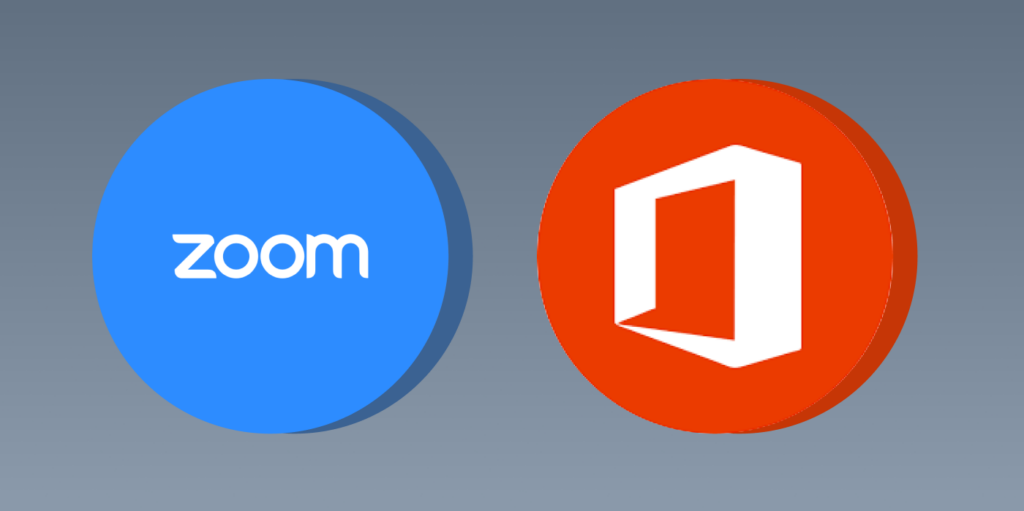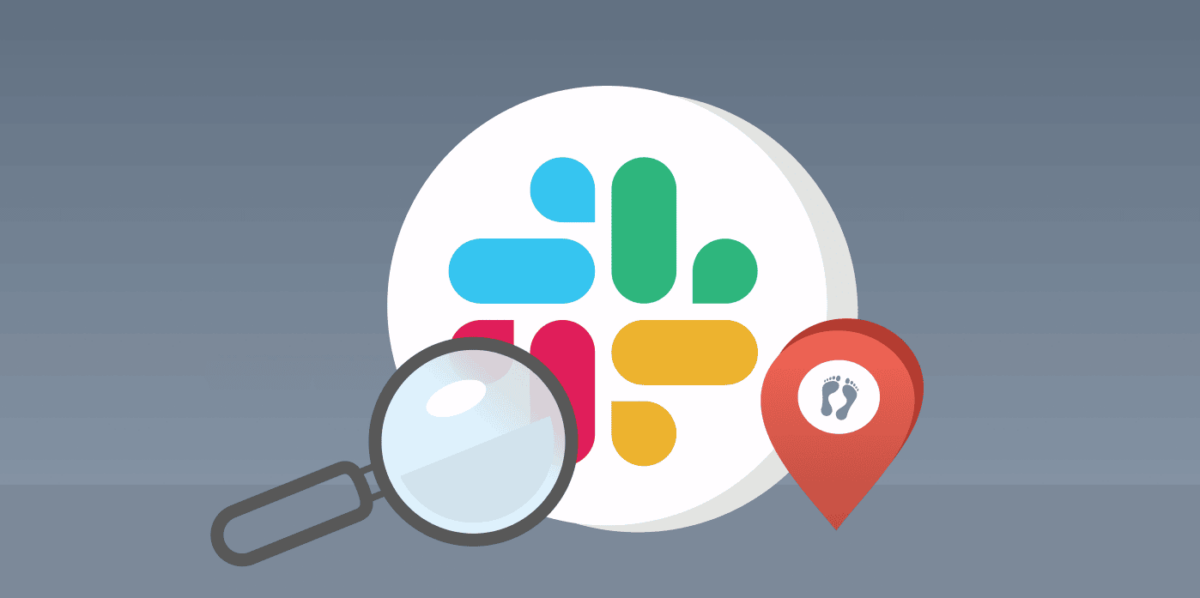Slack is among the most effective productivity and communication platforms for small businesses and large corporations. Like many other online services, it records some of your online activities and can determine your exact location when you use the site. Furthermore, since this data is time-stamped, you can determine when it was created or changed.
This article provides everything about what Slack monitors, including your behavior, how much time you spend on the platform, information about employee tracking, the general atmosphere of Slack workplaces, the contents of your conversations, and what your IP address has to do with this.
Keep reading as we talk about Slack logging, including how it’s processed, saved, and retrieved for your usage.
Evolution of Slack

Tiny Speck, a private game studio, suffered a setback in 2011 when Glitch, an MMO (Massively multiplayer online game), failed to gain popularity. However, the team created an instant messenger to facilitate online communication during development. In 2012, Stewart Butterfield, the co-founder, saw its potential; he shut down Glitch and shifted his focus to what would become Slack.
Slack was designed to make communication easier for teams who are working in different places, and many organizations have tested it in its early days. It would be a one-stop communication app for meetings, email exchanges, and phone conversations, which saves time and effort.
In February 2014, after twelve months of testing, Slack went live. It quickly became popular. Positive reviews and early adoption by media organizations helped the app gain traction through word-of-mouth. The site has an astounding 52 million active users daily as of 2025 so far.
Does Slack Track Your Activity?

Like many other online services, Slack gathers data about your online activities. The company says that logging your activities is mostly done for user experience enhancement. For example, it employs internet cookies as many other sites do.
By doing that, Slack considers your settings and language choices and ensures you stay signed in when using the program. However, user behavior may also be tracked via cookies, which occasionally results in profiling rather than better services. Any online platform, including Slack, requires you to understand what information you agree to give when you use it.
Does Slack Track Your Location?
To answer briefly, yes, it does. Slack keeps track of information that lets the app determine where you are. It typically obtains your IP from your web browser and recognizes the business address that your company has given.
The owner of the workspace may also check the workspace’s activity by monitoring the team members’ access records, as well as their IP addresses. According to Slack, location recording enables more efficient localization procedures and an improved user experience. But if your location data were ever compromised, hackers could use your IP to initiate harmful attacks or interfere with your device’s functionality.
What Else Does Slack Log?
Location and cookies are not the only data that Slack collects. The platform logs a far greater variety of data about you. While it helps Slack to better customize its services for its users, remember that giving too much of your personal information could also pose a security risk. Additional categories of data that Slack gathers about you are described below:
Account and Customer Data
Your phone number, email address, and other account credentials that are all logged in are required to create a Slack profile or a specific workplace.
Also, Slack stores users’ financial information with a paid subscription to the platform and any contact data you decide to integrate, such as a calendar or address book. Data you regularly enter into Slack while using the site is stored among the information logged. Usually, it consists of files, messages, and other items you post to Slack.
Analytics
Slack has a dedicated analytics area where you can see data about your usage, channels, and members. It records the influx and outflow of messages, including files shared, messages sent, storage utilized, and the number of active participants weekly or daily.
The most advantageous feature is that your Slack workplace has a comprehensive analytics dashboard. It means you can view the data as graphs and charts, making it easier to consume the information visually. Also, you may export this data.
Service Metadata
Every time you use Slack, it records the metadata showing how you use the app and what you do there. For example, it records data on users, services you utilize, and files and links you engage with. Also, it saves metadata from the platform’s audio and video capabilities, such as Slack Clips and Huddles.
Device Information
When you connect to Slack, it records information about the device you use. It saves your settings, the operating system that your device is running on, the program IDs, crash data of the device, and unique identifiers. The device and its configuration determine how much of this data is gathered.
Log Data
In addition to recording your IP address, Slack could also collect data about the kind of browser you use, and any plugins, settings, and customizations it has. The website keeps note of your preferred language as well as the day and time you utilize it.
Third-party Service Information
To enable integration, Slack requires most third-party applications (such as cloud storage apps) you wish to use on the platform. For instance, it may need to disclose your login or email address associated with the cloud account.
You should always check their privacy settings to find out what information a third-party service provider will share with Slack after integration.
How Workspace Owners Use Slack to Track the Workday

Without sophisticated surveillance equipment, your boss may already have a decent picture of your day at work. Commonplace programs like Slack, Zoom, and MS Office can provide details about your online actions.
How frequently do you actively participate in video meetings, and how often do you communicate online with your coworkers? These may be seen on Slack. Not only that, but it also shows how many documents you saved in the cloud. Therefore, while utilizing these technologies makes work easier, you should be mindful that your online activity leaves traces of your daily work life.
How Slack Shows Users’ Status on Mobile?
Slack uses different signals to mark users whether they are active or not. For instance, it will show you active (green signal) if the app is running on your mobile and you’re using it. As soon as you close the application and move somewhere else, it will mark you as away.
Here are some indicators that the Slack app uses:
- Green: Means you’re active
- Green dot with Z: You’re active, but your status is set to “Do Not Disturb.”
- Hollow white dot: This means you’re not using the application (set automatically after 10+ minutes of no activity)
- Hollow white dot with Z: You’re inactive with a “Do Not Disturb” sign.
You can also control your status by marking yourself as away on the application. For this, you’ve to open the app, click on your profile icon, and you’ll see the option below. Even if you’re inactive, the app will continue to send notifications. If you don’t want to receive them, you can pause the notifications from your profile.
How to Take Better Control of Your Slack Data
Now that we know how Slack tracks you, let’s discuss what you can do about it. Some of the platform’s user data is controllable if you navigate to the settings. The Slack app allows you to set up a few privacy preferences:
- Go to “Your Profile.”
- Navigate to “Preferences.”
- Click on “Visibility & Privacy.”
- Adjust the settings to reflect your desired level of privacy.
How to Stop Slack from Tracking You?
Regretfully, there’s no way to prevent Slack from monitoring your activities while you use the service. Data collection is one of the main components of delivering essential services within the app. However, you may hide your IP address to prevent Slack from tracking your location. Using a trusted and secure VPN like ExtremeVPN is one of the simplest and easiest ways to do it.
When connected to an ExtremeVPN server, your internet traffic is redirected via a distant server, which may be situated anywhere globally. In this manner, the IP address of the VPN server takes the place of your actual one, keeping Slack and other outside parties from knowing it.
Also, ExtremeVPN hides data from prying eyes by encrypting it while it is in transit between your device and the server by passing it through its secure tunnels.
